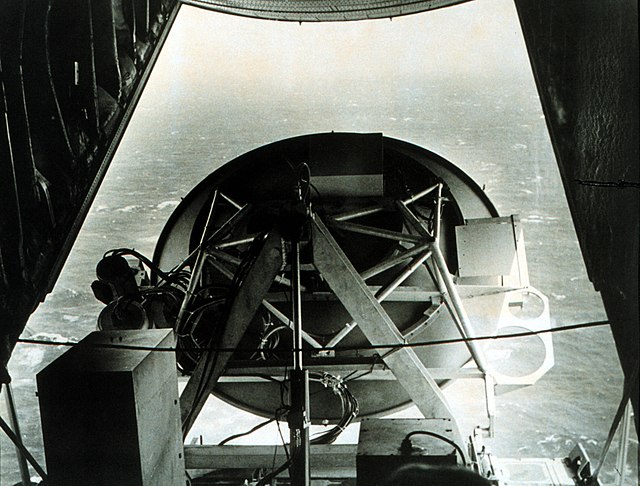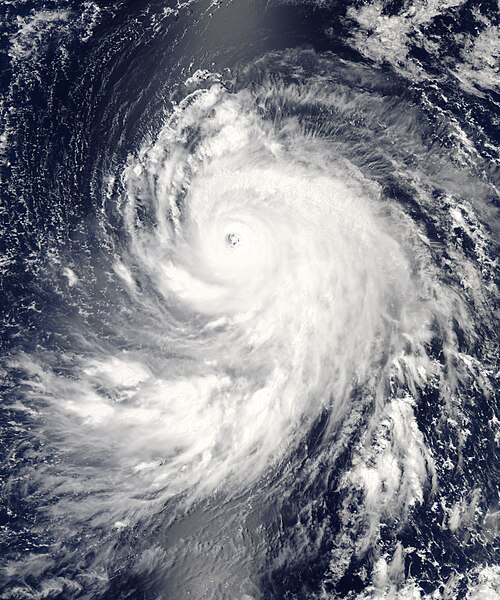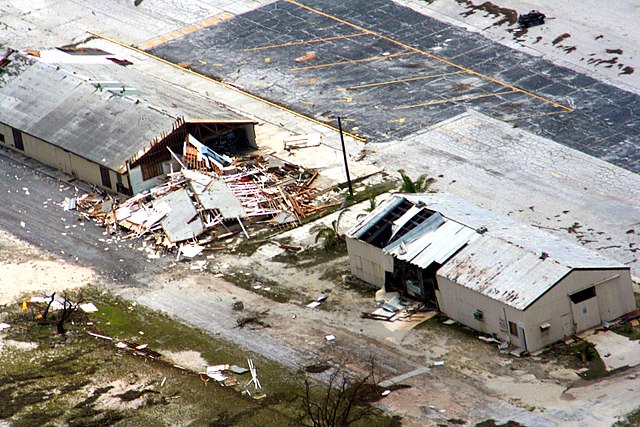Hurricane Ava was the earliest forming Category 5 hurricane on record in the East Pacific basin. The storm is also tied with 2006's Hurricane Ioke as the fifth-strongest Pacific hurricane on record. It was the first named storm of the 1973 Pacific hurricane season. Forming in early June, Hurricane Ava eventually reached Category 5 intensity on the Saffir–Simpson hurricane scale, the first Pacific hurricane to do so in June and the earliest ever in a season. Its central pressure made it the most intense known Pacific hurricane at the time. Despite its intensity, Ava stayed at sea without significant impact.
Radar during a recon flight
Hurricane Ioke, also referred to as Typhoon Ioke, was a record-breaking, long-lived and extremely powerful storm that traversed the Pacific for 17 days, reaching the equivalent of Category 5 status on the Saffir–Simpson hurricane scale on three different occasions. It was the most intense hurricane ever recorded in the Central Pacific, as well as the fifth-most intense Pacific hurricane on record, tied with 1973's Hurricane Ava. It also generated the most accumulated cyclone energy for a single storm, until Cyclone Freddy surpassed its record in 2023. Ioke was the ninth named storm, fifth hurricane, and third major hurricane of the active 2006 Pacific hurricane season.
Ioke at its record peak intensity west of the Hawaiian Islands on August 24
Typhoon Ioke gaining strength after crossing the International Date Line on August 28
Typhoon Ioke near Wake Island on August 31
Damage on Wake Island after Ioke





